Is there a way to pass arbitrary arguments to more than one command inside a function? The following function clearly does not work but I hope it explains what I am trying to achieve.
test = function(x = rnorm(20), y = rnorm(20), ..., ---){
plot(x, y, type = "p", ...)
lines(x, y, ---)
}
The goal is to be able to write a function that creates plot with say lines and points and polygon and can take arbitrary arguments for each command and pass them to the respective commands without me having to explicitly specify arguments for each command.


